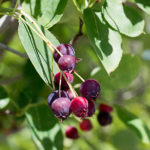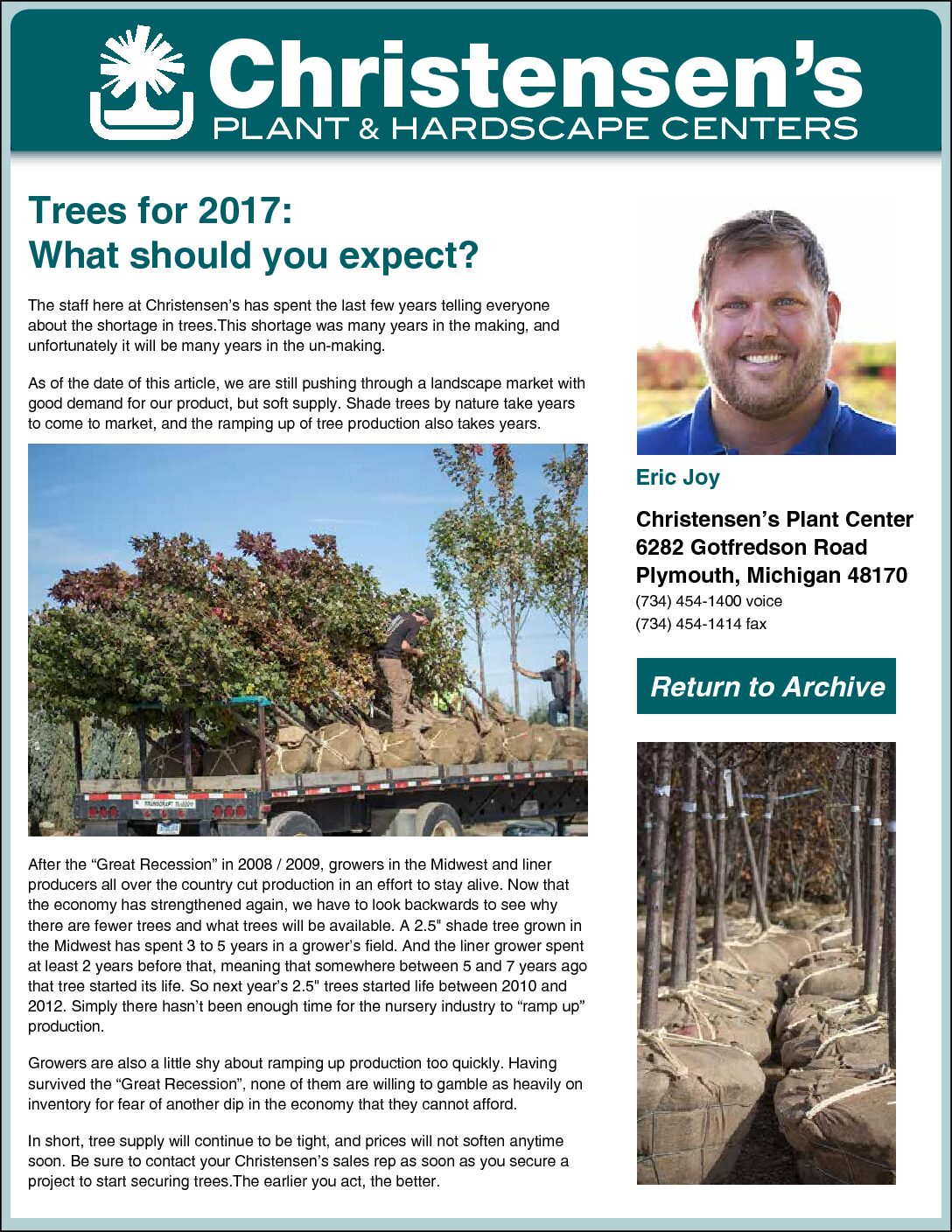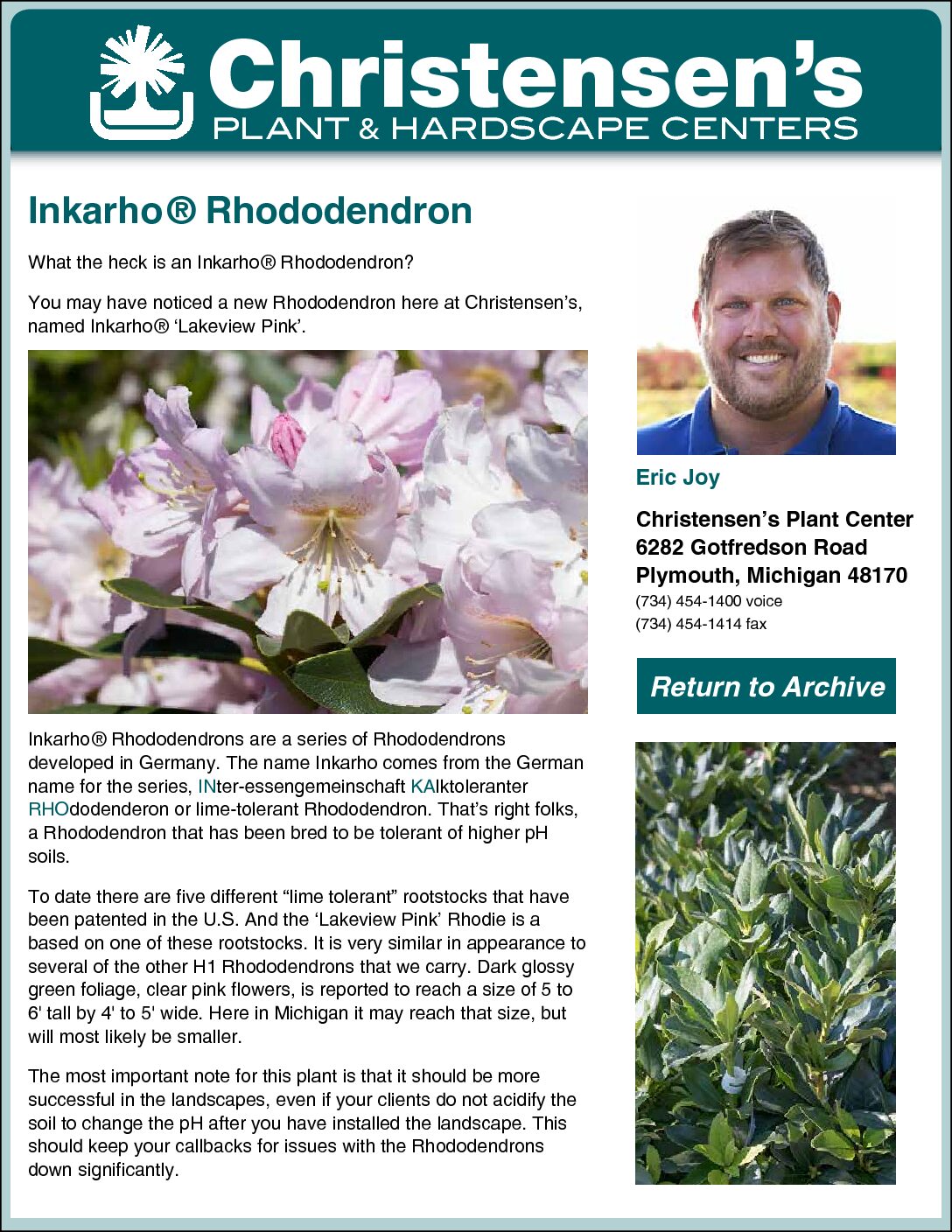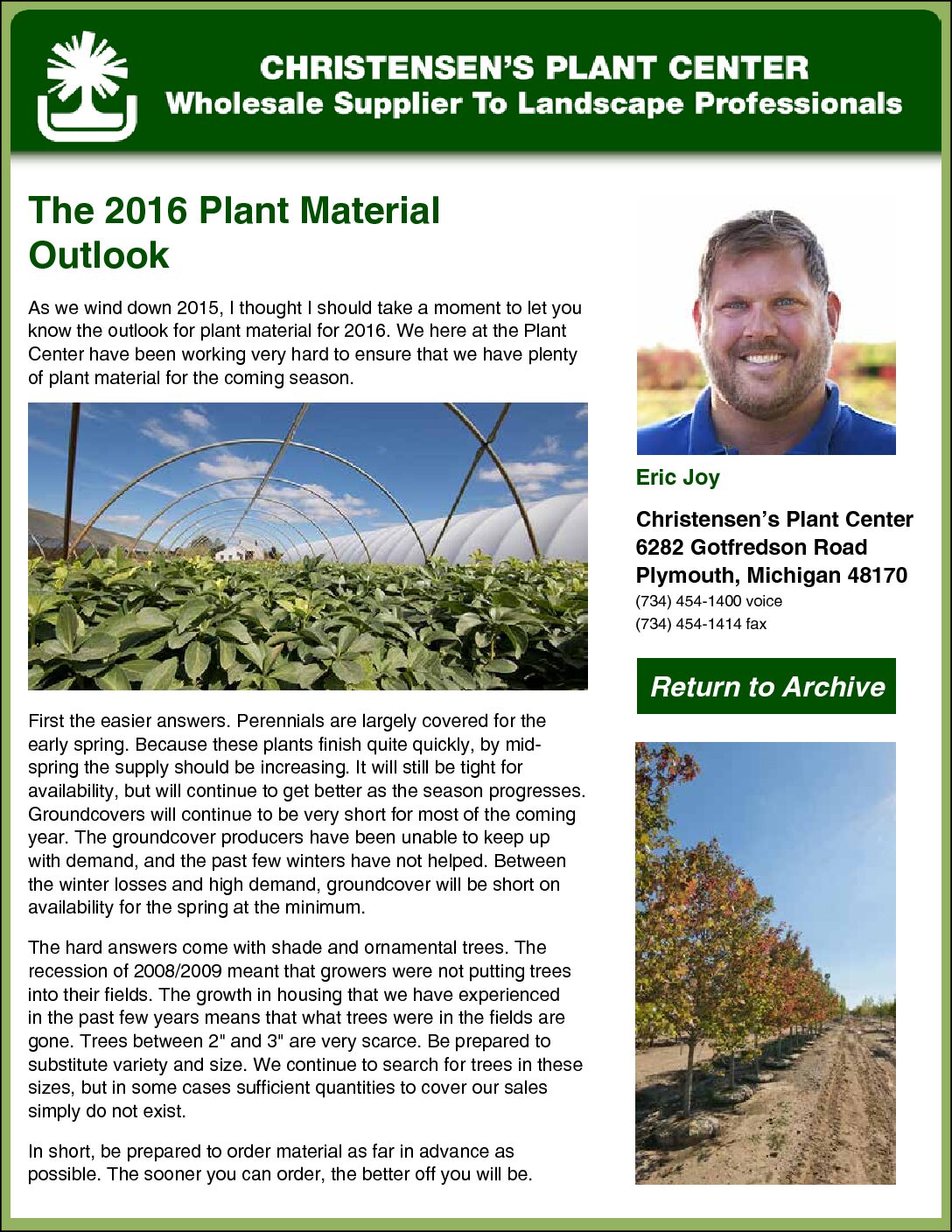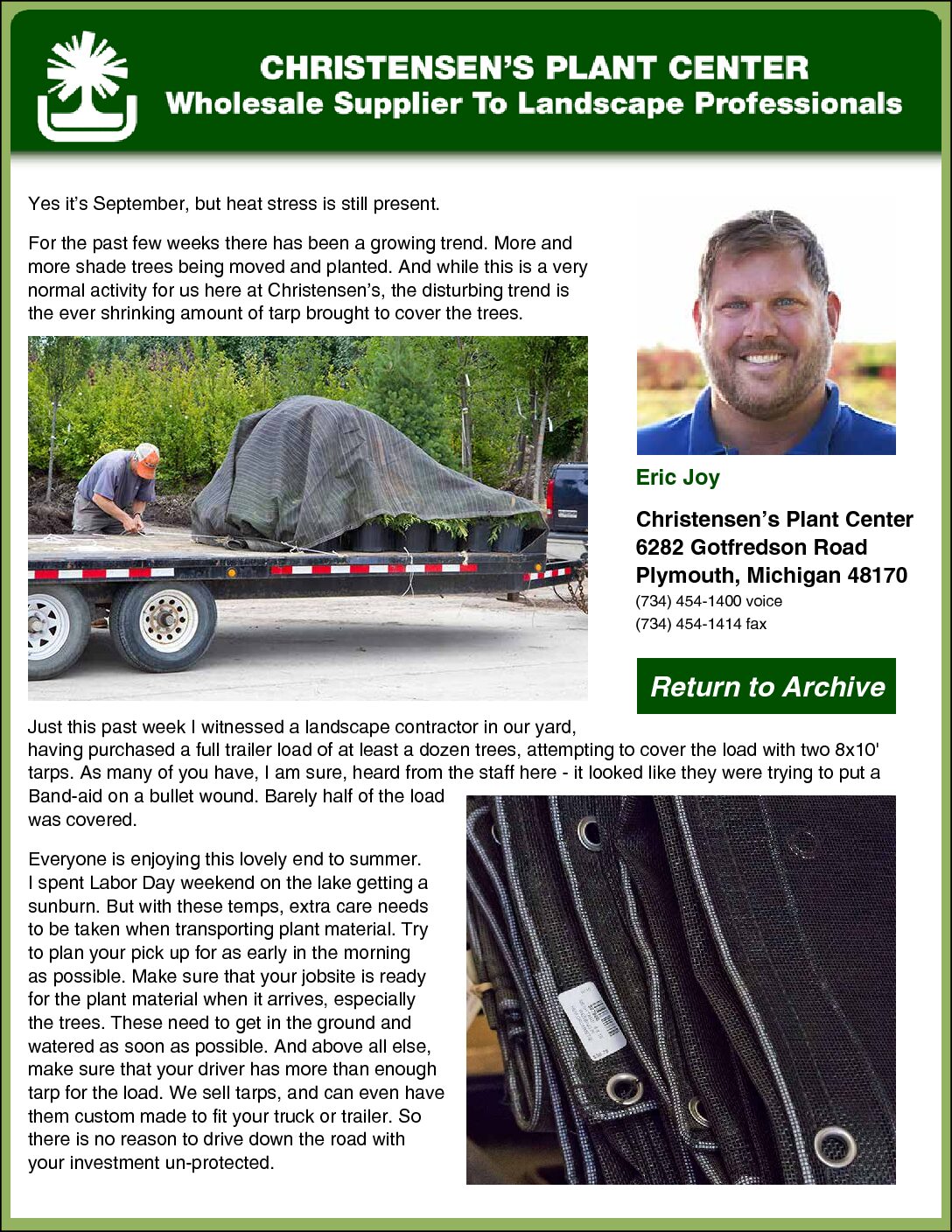The Myth of Native Plant Superiority:
"Always choose native plants for environmentally sustainable landscaping."
by Linda Chalker-Scott, Ph.D.
Extension Horticulturist and Associate Professor
Puyallup Research and Extension Center
Washington State University
The Myth
In recent years, people have become more interested in native plants and landscapes as natural ecosystems continue to shrink. This admirable dedication to our natural world heritage has manifested itself in native gardens springing up in every place imaginable. At the same time, I see more of these native gardens suffering from disease, pests, and general decline. What’s happening? Aren’t native plants supposed to be resistant to local pathogens and parasites?
The Reality
There are some urban areas where many native plants just do not survive (or do so only with substantial maintenance). Such areas can include parking strips, traffic circles, and parking lots: in short, areas with limited soil area and a lot of environmental stress. Consider the realities of these landscapes:
- Discontinuous, dissimilar layers of topsoils and subsoils with poor drainage and aeration
- Significant compaction and other physical disturbances as a result of animal, pedestrian, and vehicular traffic
- Alkaline pH due to leaching of lime from concrete
- Inadequate or improper fertilizer application
- Lack of mulch or other soil protection
- Lack of adequate water in summer months
- Increased heat load from asphalt reflectance
- Air pollution
Another example of the failure of native trees to survive in urban sites comes from Palm Desert, CA. Many of the parking lots there were planted in native mesquite. Mesquite survives in its arid environment by developing both a deep taproot and an extensive shallow root system. When planted into the very limited soil spaces typical of parking lot tree wells, these trees often tilt or topple as a result of insufficient lateral root development. The City of Palm Desert has recently looked to non-native tree species, including ash, to replace mesquite in these settings.
The Bottom Line
- Native, temperate forest plants are excellent choices for unrestricted sites with acidic, well-drained soils.
- For sites with limited, alkaline, and/or poorly drained soils, choose species adapted to environments with similar soils. Consider especially those species that tolerate clay soils.
- For sites exposed to increased heat load, choose species adapted to hot, dry climates that can also tolerate cool, wet winters.
- Instead of installing large trees into limited sites, consider smaller trees or shrubs that can be arborized.
- Be sure to protect soils with mulch, especially where foot traffic causes compaction.
- Site considerations should always dictate plant selection.
For more information, please visit Dr. Chalker-Scott’s web page at The Informed Gardener.
She is the author of three books: the award-winning, horticultural myth-busting The Informed Gardener and The Informed Gardener Blooms Again, and Sustainable Landscapes and Gardens: Good Science – Practical Application, a comprehensive approach to the science behind urban horticulture and arboriculture.
Two other books are in progress: How Plants Work – A Gardener’s Guide to Plant Physiology (Timber Press) and an update of Art Kruckeberg’s seminal work Gardening with Native Plants (University of Washington Press). She has published extensively in the scientific literature magazines as well as in popular magazines such as American Nurseryman, Organic Gardening, and Fine Gardening. She and three other academic colleagues host “The Garden Professors” blog and Facebook page, through which they educate and entertain an international audience.
This article was reprinted in The Michigan Landscape magazine, a publication of the Michigan Nursery & Landscape Association (MNLA.org).
Reprinted by permission to Sticks & Stones, June 2018




